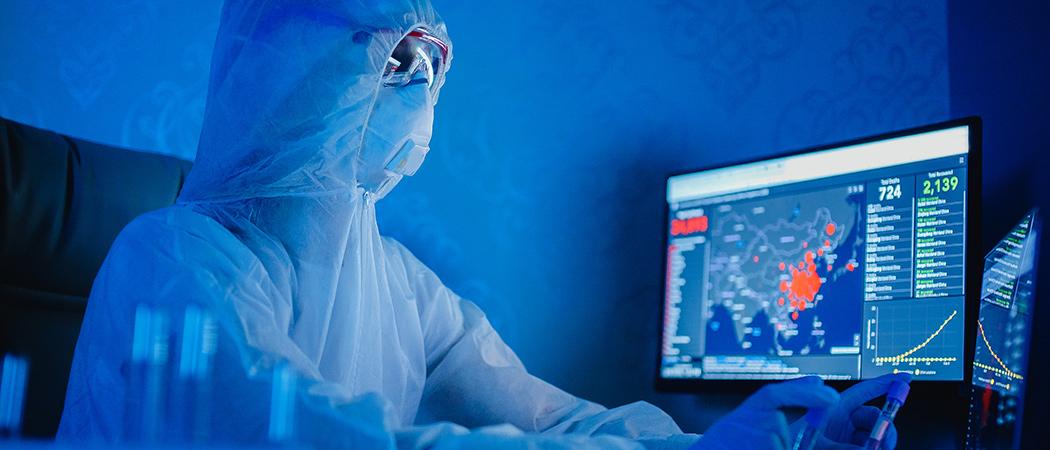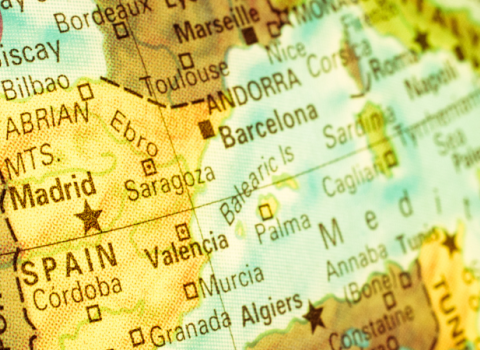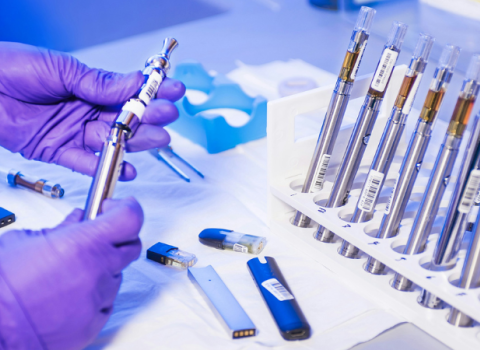WHO is creating new guidelines to stop lab leaks and the development of bioweapons. But scientists, focused on projects and funding, see only the benefits, rather than the risks, of their work, report warns.

Life scientists are often troublingly oblivious to the risk of creating deadly new pathogens that could escape from the lab, a new World Health Organisation (WHO) report has warned, as the body draws up new global safety guidelines for universities and research institutes.
A team of dozens of scientists concluded there is “often little basic awareness” among students, trainees, practising scientists, technologists, research managers and funding agencies that runaway advances in life science could open a Pandora’s Box of new viruses and other threats.
“Biorisks are increasing as the life sciences become more accessible, capacities for genetic modification increase, the costs of technologies decrease, and the life sciences converge with other technologies like AI, deep learning and robotics,” said Filippa Lentzos, senior lecturer in science and international security at King’s College London, and a rapporteur for the WHO report.
Scientists are already able to make hybrid coronaviruses, risking the creation of new pathogens with pandemic potential.
Late last year, the US imposed greater restrictions on research creating such chimeric viruses, but it is still unclear whether they are being implemented, as labs have no obligation to report or justify their experiments, Lentzos has warned.
Risky techniques are not limited to new viruses that could accidentally escape. Last year, for example, a WHO report catalogued a range of powerful new life sciences tools being cooked up in labs over the next decade, including peptide bioregulators that target cell receptors, altering cellular processes. These could be used for “soldier enhancement, crowd suppression and behaviour manipulation” if targeted at the central nervous system, the report said.
“The concern here is that ever more actors around the world have more access to powerful biotechnologies that could be exploited for hostile purposes,” said James Revill, head of the weapons of mass destruction programme at the UN Institute for Disarmament Research, and another rapporteur for the report.
This could create a “new generation of biological weapons”, potentially even from non-state groups, he said.
But universities, scientists and governments are well behind the curve when it comes to dealing with these risks, according to, Towards a global guidance framework for the responsible use of life sciences: summary report of consultations on the principles, gaps and challenges of biorisk management, published in May.
Many countries have no laws or regulations controlling the risk of accidental or deliberate release, it found. And where they do exist, they are “not adequate to address current, let alone future, technologies”.
Scientists, universities, funders and journals have neglected biorisk because their focus is overwhelmingly on harnessing the positive benefits of these technologies, said Lentzos. “There is also a lack of incentives for these groups to identify and mitigate misuse risks.”
Successive research studies over that last two decades have found that the life sciences community lacks awareness of these dangers, said Revill.
“One reason for this is that those working on biology often have very different priorities (projects, funding, publications) and will not always necessarily see the relevance of dual use concerns to their work,” he said.
Publishers and journals also have a role to play in restricting access to risky new techniques, the report stresses. It outlines one hypothetical threat scenario where a postdoctoral researcher wants to publish a new method for genetically manipulating influenza. The managing editor of a journal then needs to decide whether the submission could be misused if published.
Global standards
This latest report is part of the WHO’s efforts to work up new global guidance to reduce risky practises in the life sciences.
Several countries requested the body create global standards last year, said Kazunobu Kojima, an infectious hazard scientist at WHO. “The implementation of such guidance may vary between countries in order to ensure that the highest level of biosafety can be achieved,” he said.
Another report by WHO last year found that biosafety and security standards were particularly lax in Africa and the eastern Mediterranean. On the whole, the poorer the country, the riskier the labs, it found.
The WHO has pushed countries to tighten up lab security and safety before in 2005, in the aftermath of several lab leaks of severe acute respiratory syndrome (SARS).
Kojima did not directly address whether WHO’s renewed push to reign in biorisk was a response to the COVID-19 pandemic, which a minority of scientists suspect originated in a lab leak from the Wuhan Institute of Virology. Lentzos said that the effort to create new guidelines was unrelated.
WHO’s new guidelines are one of several post-pandemic initiatives to tackle biorisk. The US-based Nuclear Threat Initiative, a think tank, is trying to create a global coordinating body to reduce the risk from civilian life sciences. China and Pakistan have also started to craft their own guidelines.
The EU is not working on any specific biorisk measures in its pandemic preparedness plan, said one member state science representative in Brussels, who wanted to remain anonymous.
Horizon Europe, however, has introduced a controversial requirement that researchers demonstrate their projects will “do no significant harm”. The aim is that research does not end up hurting the environment – but it could also be used as a mechanism to screen risky life sciences projects, he said. “It should catch stuff like that,” he said.
However, whether the principle is deployed to tackle biorisk depends on whether assessors and scientists are even aware of the dangers of certain life science technologies, he noted.





 A unique international forum for public research organisations and companies to connect their external engagement with strategic interests around their R&D system.
A unique international forum for public research organisations and companies to connect their external engagement with strategic interests around their R&D system.